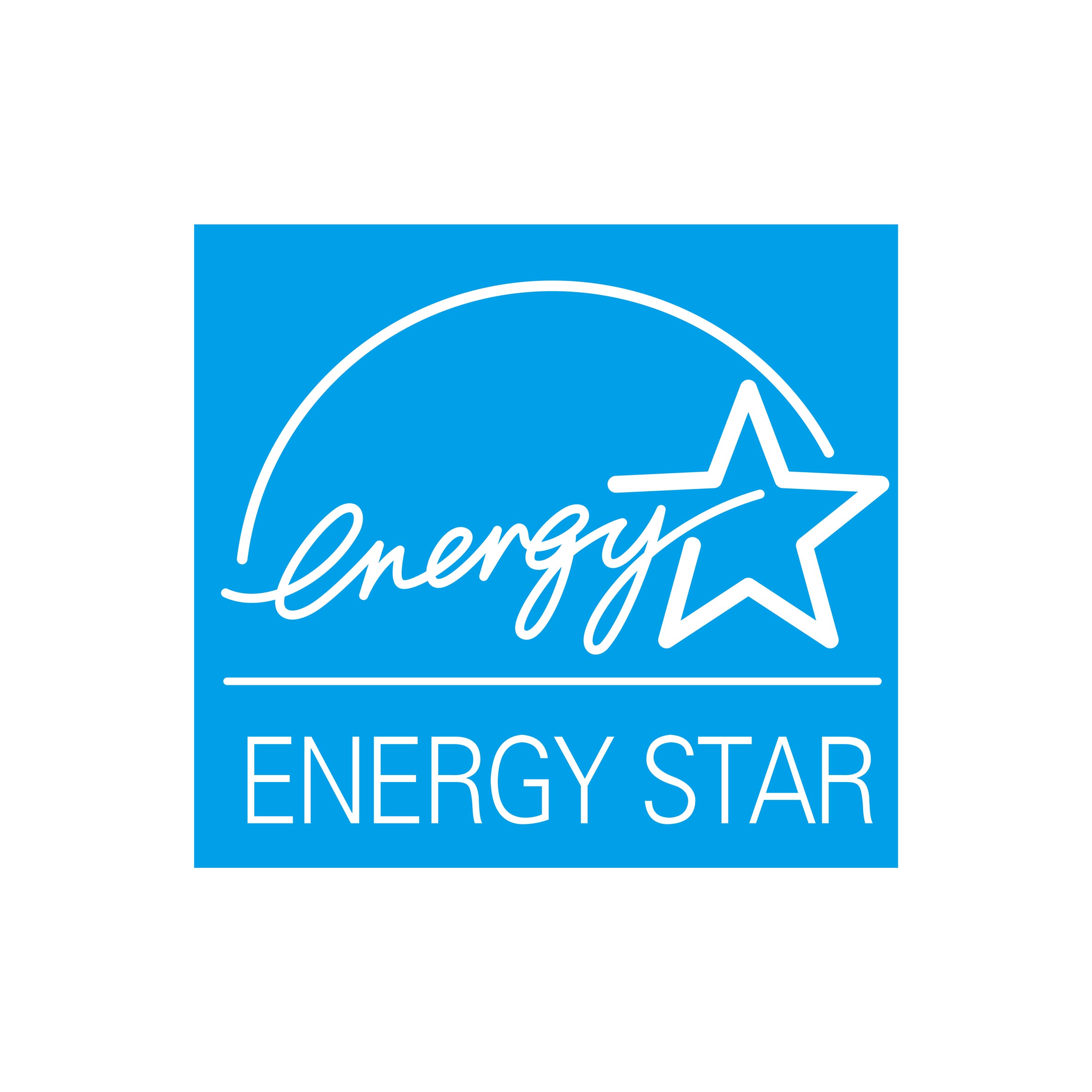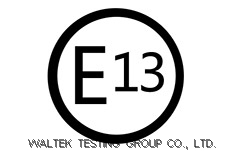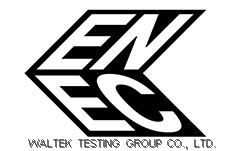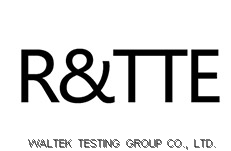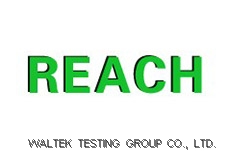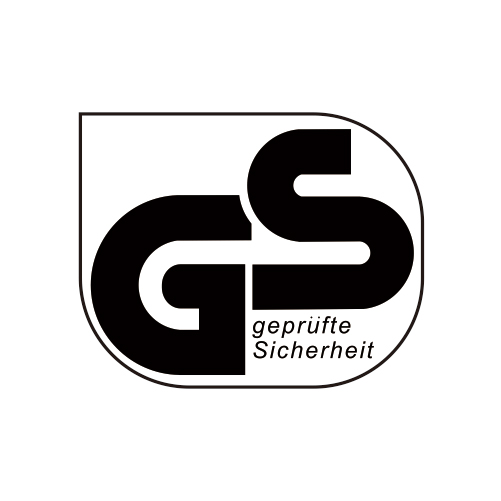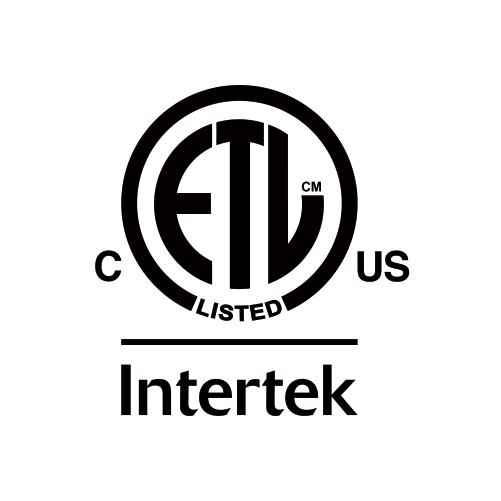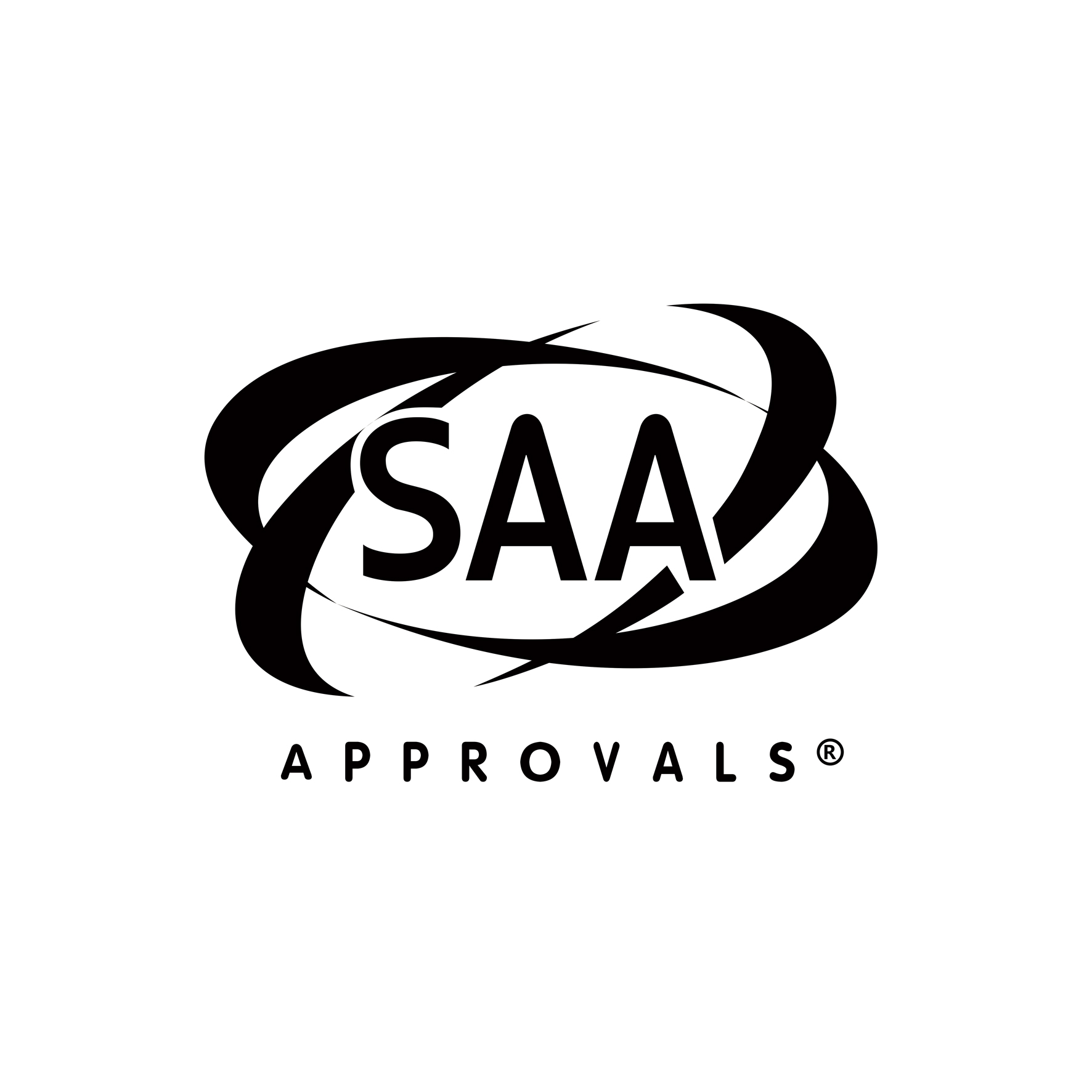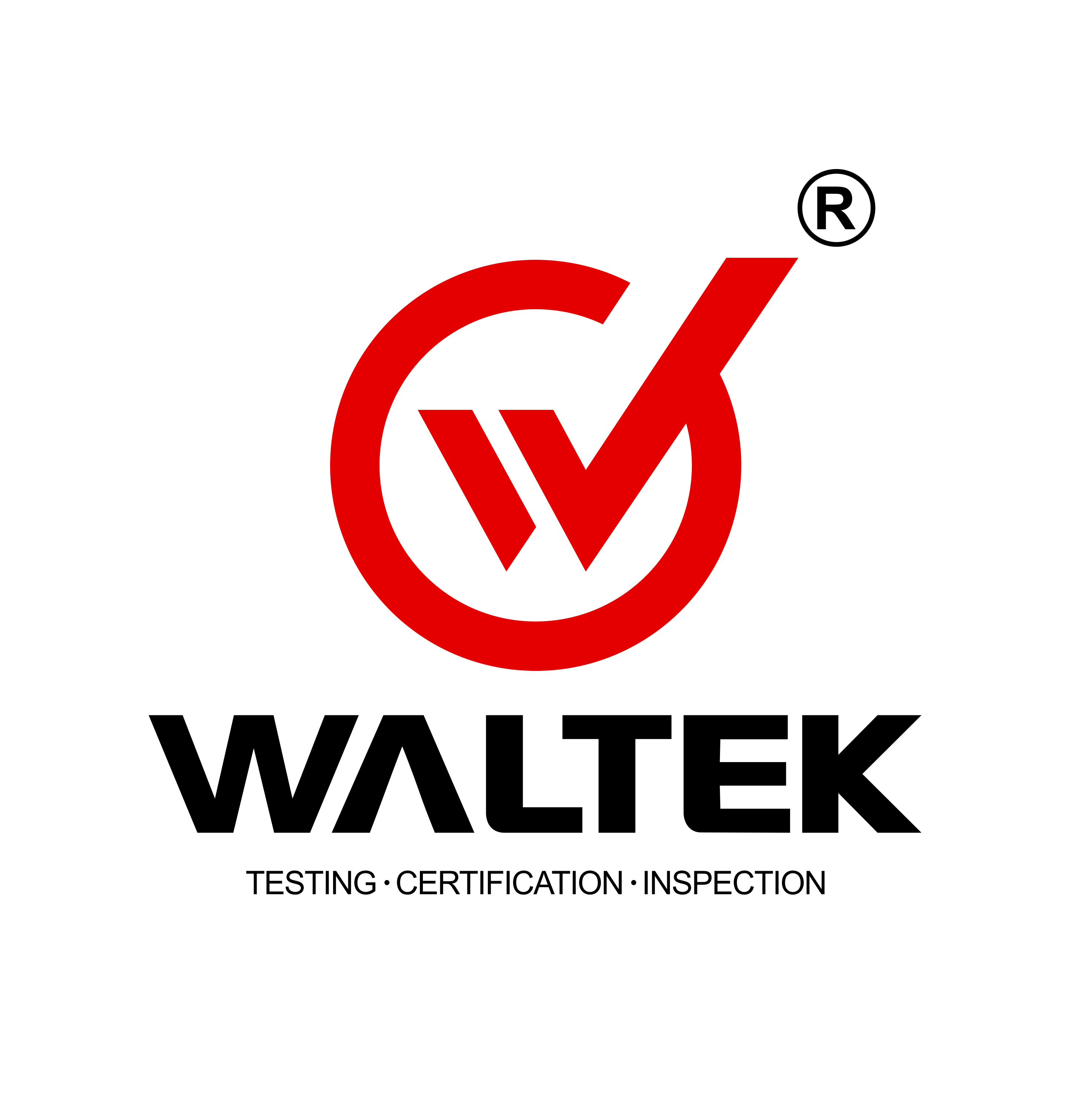E-Mark Certification
Energy Star
MOQ :100 piece
Lead Time :15 Days
Seller Support : Trade Authenticity Guaranteed & Accepting
Payment : L/C,T/T
Departure Port : Shenzhen
Product details
Supply Ability
- Supply Ability:10000 piecesWarranty(Year):1 Year
Product Specifications
Product Description
Energy Star (Energy Star), is a US Department of Energy and the US government plans to jointly implement the EPA, to better protect the living environment and save energy. 1992 by the US Environmental Protection Agency to participate, the first promotion on computer products. Now included in the scope of this certification products has reached more than 30 categories, such as household appliances, heating / cooling equipment, electronic products, lighting products, etc., is currently in the Chinese market has done most of the lighting products, including energy saving lamps (CFL) , lighting (RLF), traffic lights and exit signs.
What is Energy Star?
Energy Star (Energy Star), is a leading US government, mainly for consumer electronics products, energy-saving plan. Energy Star Program in 1992 and the US Department of Energy (DOE) initiated by the US Environmental Protection Agency (EPA), the purpose is to reduce energy consumption and reduce greenhouse gas emissions. The program later was adopted by Australia, Canada, Japan, Taiwan, New Zealand and the European Union. The program is voluntary, the Energy Star standards generally 20-30% energy saving than the US federal standards. The first product with this program is mainly computers and other information appliances, and then gradually extend to the motor, office equipment, lighting, appliances and so on. And later extended to the building, actively promote US EPA Energy Star buildings planned in 1996 by the Environmental Protection Agency to assist the voluntary industry to assess their building energy use (including lighting, air conditioning, office equipment, etc.), the planning of the building matter of improving energy efficiency action plans and follow-up work, so some import environmentally friendly new home or business building concept can also be found in the Energy Star logo.
Test content
Test content Energy Star include: safety, EMI, surges, noise (non-ENERGY STAR energy efficiency testing program) light performance and energy efficiency test project: 1, the luminous efficiency, luminous flux 2, color temperature, color deviation, CRI 3, light intensity distribution, the regional distribution of luminous flux 4, color space inhomogeneity 5, switching cycle 6, 7 lumen maintenance, color maintenance 8, 9 dimensions, electrical parameters
Certified Product Range
As of November 2008, "Energy Star" now covers more than 50 categories of products, focused on:
Computer and office equipment: such as monitors, printers, fax machines, photocopiers, one machine;
Household appliances and similar products: such as refrigerators, air conditioners, washing machines, televisions, video recorders and the like;
Heating and cooling equipment: heat pumps, boilers, central air-conditioning;
Large commercial buildings and new housing, doors and windows;
Industrial and commercial products, such as transformers, power supply;
Lighting: As household lamps and the like;
Commercial food equipment: If the commercial ice machines, commercial dishwashers;
Other commercial products: vending machines, channel logo.
Currently targeted products: fluorescent lamps, decorative string lights, LED lamps, power adapter, switching power supply, ceiling fan lights, consumer audio-visual products, battery charging equipment, printers, home appliances and other types of products.
Current Situation
The global total of seven countries and regions to participate in promoting the US Environmental Protection Agency's Energy Star program, namely the United States, Canada, Japan, Taiwan, Australia, New Zealand, the EU, and once held the International Energy Star Program annually since 2001. Now included in the scope of this certification products has reached more than 30 categories, such as household appliances, heating / cooling equipment, electronic products, lighting products, etc., is currently in the Chinese market has done most of the lighting products, including energy saving lamps (CFL) , lighting (RLF), traffic lights and exit signs.
US Environmental Protection Agency (EPA) and the US Department of Energy (DOE) 2010 年 4 月 14 Japanese Joint announce the certification process adjustment "Energy Star" products, to ensure that only compliant products before they are allowed to get "Energy Star" label. The adjustment in terms of immediate effect are: manufacturers in order to get the "Energy Star" certification label, you must submit a complete report and assess the results of the test, proved by the EPA, EPA approval in the product is "Energy Star "before qualified products, manufacturers will not get the" Energy Star "certification mark. Meanwhile, on the "Energy Star" certification review process, EPA strengthened the approved system, no longer rely on automatic approval process, but for all eligible to apply for a new inspection and approval.
EPA and DOE at the end of 2010

Energy Star Residential Program
US Environmental Protection Agency's Energy Star program is a nationwide residential volunteer program, aimed at building an energy efficiency of 30% of new housing. ENERGY STAR qualified residential subject to third-party verification to confirm that builders have been properly adopted measures to improve energy efficiency. Just to see the Energy Star logo, house buyers are not experts can confidently make a purchase decision. In general, the Energy Star residential energy than by universal norms built residential energy efficiency by 30%, while protecting the environment and for residents to save energy costs. Energy Star residential building is not only beneficial to buyers, but also conducive to builders, mortgage companies and other organizations in the housing industry, and therefore the nation's homebuilders are supported by Energy Star residential programs.
New residential housing is usually because the construction of a rule meet the energy renovation of a building housing than housing has been built much simpler. While upgrading residential obtain the Energy Star logo is costly, but it can greatly reduce the costs of energy use, it has been built for energy-saving housing still would be a good suggestion. When replace air conditioning equipment, electrical equipment or lighting equipment time, but also should consider buying those products with the Energy Star logo, which can be further improved residential energy savings Energy Star.
Energy Star residential plan to use the residential energy evaluation system (HERS) to determine the value of residential energy efficiency. New and existing homes are required to meet the same energy efficiency standards before obtaining the Energy Star logo. To get HERS assessment, or seek access to the Energy Star logo, but also need to consult an assessment of local qualified residential energy assessment agency contrast model house (it is evaluated with the same housing size and shape, and the lowest energy specification requirements), HERS evaluation system for residential energy efficiency objective, standard evaluation. HERS assessment score between 0-100. Model house score is 80 points. Compared with the model house, each 5% reduction in energy consumption, equivalent to an increase of one HERS. Energy Star residential lowest HERS assessed value of 86. HERS assessment including residential site testing. The test includes a hairdryer door test and duct leakage testing. The results of these tests, along with other information about housing, is an analog input of a computer program to calculate a HERS scores, and estimated annual energy costs.
Use energy-saving window
Energy Star residential installation with a high performance energy-efficient windows, to improve residential energy efficiency. Quieter indoor environments - multi-layer glass and seal sash barrier to external noise; to prevent curtains, furniture and flooring fade - saving window surface is covered with low-reflectivity coating, it can cut off 98 percent of ultraviolet rays; reduce the cost - - make energy-efficient windows reduce heat loss in the winter residence in the summer to prevent heat absorption; quality - saving windows using high-quality materials, easy to use, and provide additional protection for the user. Windows occupy about 10-25% of residential buildings in the area, depending on the climate conditions in the room heating and cooling, it consumes 25-50% of energy. Thus, when a new house, consider using energy-efficient windows it is essential.
Heating and cooling equipment
Energy Star residential installation proper power, efficient heating and cooling equipment. In the residential construction process, due attention to the seals through air ducts, power residential insulation properties and the installation of energy-efficient windows, Energy Star residential heating and cooling equipment is often less than in accordance with the general construction of residential energy code.
Lower utility costs - heating and cooling equipment does not need to work overload;
Reduce maintenance issues - the total heating and cooling equipment running at optimal state;
Quieter home environment - does not have to continue, frequent switching super power equipment.
Air and ventilation ducts are not strictly mean the average residential heating and cooling equipment needed to increase the power to quickly reach their cold requirement. But this powerful device there is a big shortcomings ① not long run to reach its most efficient operating level; ② time when the system can not operate to exclude moisture in the air, has led to the problem of housing and wet; ③ power equipment often because of frequent start and cause the device to quickly paralyzed. Tight air and ventilation ducts for air conditioning to reduce the demand for residential heating and cooling of the gas, thus avoiding the use of high-power equipment
Improve of the insulation performance
ompared with those houses built in accordance with universal norms of energy, Energy Star residential insulation performance has greatly improved. Improve the insulation performance of not only prevent excessive cold spills, and maintain a constant temperature between rooms.
Improved comfort - between various rooms throughout the residence inside and maintain a constant temperature.
Reduce the cost of equipment for residential --HAVC in winter and summer heat exchanging small amounts of compensation.
In order to effectively maintain the temperature of the house, inside and outside a continuous insulating layer is required. The laying of the insulation layer must not crack, curl or compression. ENERGY STAR residential insulation measures must also pay attention to pipes, wires and exports around obstructions.
Sealed
ompared with conduit seal according to the general construction of residential energy specification, Energy Star Residential for duct sealing requirements much higher. Sealed conduit for energy efficiency and comfort is essential to maintain housing.
More sustained comfort - for each room assignment
Significantly improve indoor air quality - Reduced room inhalation of dust and other contaminants from the outside world.
Lower utility costs - reducing the need for air conditioning room gases. In the typical American house, air leakage from the catheter reaches 20-30%, which means spending a lot of unnecessary money to make the room warm or cool. The catheter system should remain sealed and tested locally to reduce leakage of air conditioning gas.
Energy Saving improvement
Existing building owners can take advantage of Internet-based assessment tool - the "Energy Star residential benchmarks", and its energy consumption of similar homes for comparison. This tool has been built to help owners understand their residential homes meet energy requirements, whether you should upgrade residential energy efficiency measures to improve energy efficiency. On the Energy Star website, this tool can also help owners of housing have been built quickly determine the choice of which way the residential renovation to improve energy efficiency.
Energy Star residential program also provides "housing renovation toolbox" to help the already completed residential energy saving. General household annual energy use expenses 1,400 in "House Renovation toolbox" can help reduce these expenses by 30%, almost 400 when repair, rebuild or improve existing building when the "residential renovation Toolbox" energy-saving measures It can help homeowners improve the energy efficiency of their homes, use value and comfort, and reducing energy consumption by protecting the ecological environment. For home owners, the "House Renovation Toolbox" makes residential renovation and repair works easier.
You May Like
- Exhibitor
- Gold Supplier
- Trade Assurance
Business Type : Service
Company Location: GUANG DONG
Year Established: 21YRS

